

Tips & Techniques
Shade Gardening with Colorful Foliage
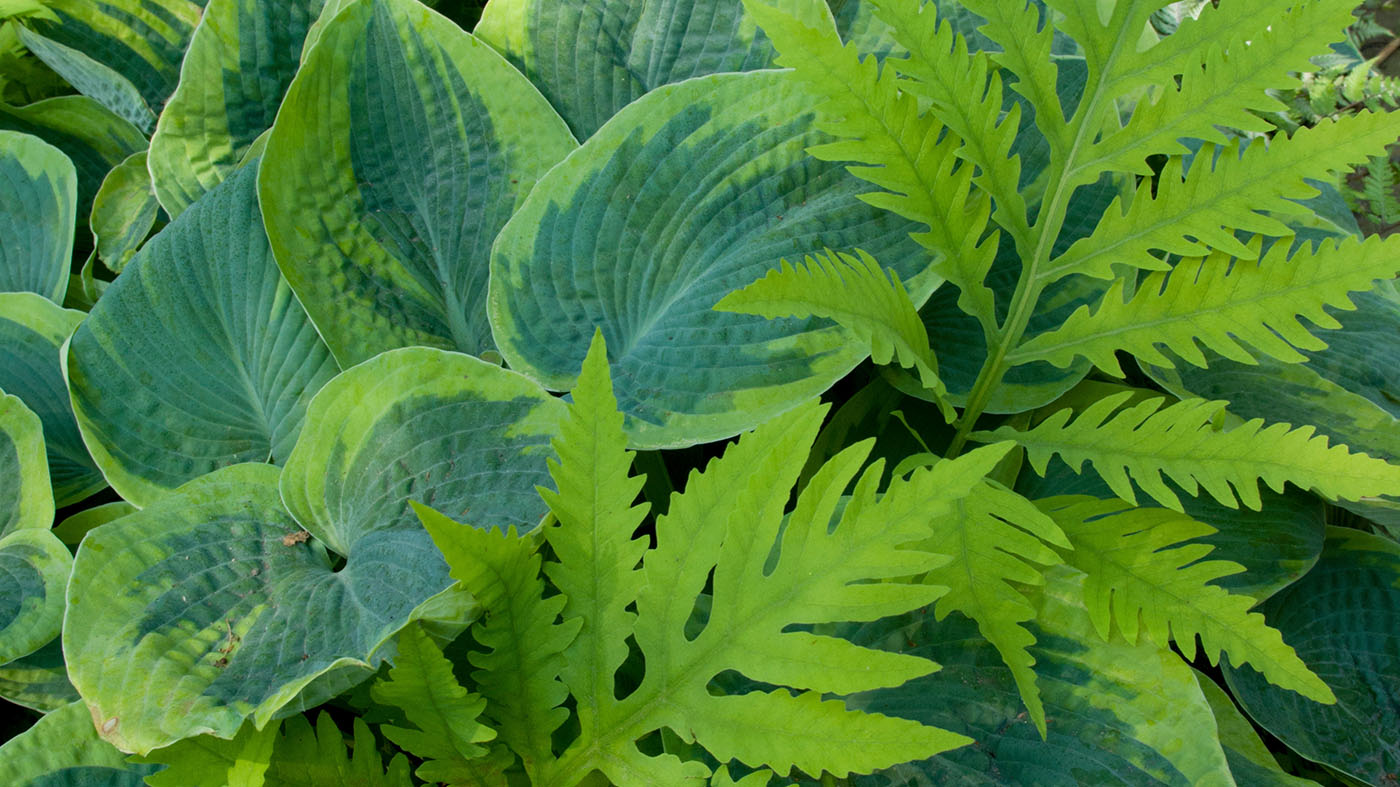
Foliage
In any garden, foliage color is an important element. Flowers come and go, but leaves stay the season. Foliage is especially important in shady gardens, where flowers are usually more subtle and less showy. In many cases, leaves, with their texture, shape, size and color, contribute more to a shade garden than flowers.

Hostas
Shade gardeners know and appreciate the ongoing role of hostas in a shade garden. Gold-leaved varieties such as 'Sum and Substance' and 'August Moon', the blue 'Halcyon' and 'Love Pat', and the variegated hostas including 'Gold Standard' and 'Frances Williams' have transformed many a shady corner.
Beautiful as these hostas are, other options exist.
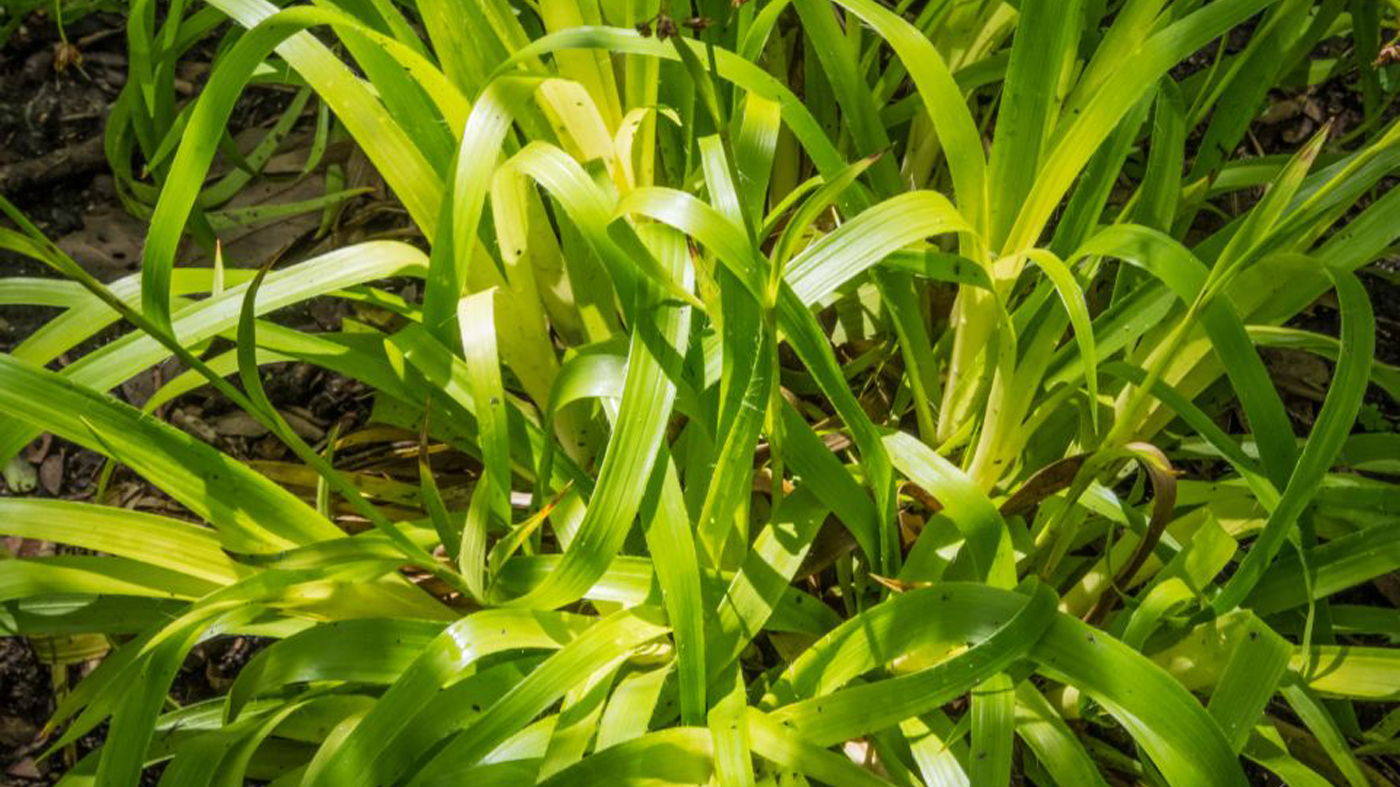
Sedges
Sedges (Carex spp.) are shade-tolerant plants that look like small ornamental grasses. Rarely taller than 2 feet, most sedges have colorful, grasslike leaves and flourish in moist, partial shade. Mix either of these two choices with large-leaved hostas, and a shady garden comes alive.
Yellow sedge (Carex elata 'Bowles Golden') has thin, graceful yellow leaves. Variegated sedge (Carex morrowii 'Ice Dance') has broader, bright green leaves with white edges.

Heuchera
Palace Purple coral bells (Heuchera 'Palace Purple'), the first purple-leaved cultivar of this important shade plant, appeared in garden centers more than a decade ago, sparking a renewed interest in coral bells, but this time as a foliage plant. Perennial plant hybridizers followed with 'Plum Pudding', 'Chocolate Ruffles', 'Cathedral Windows', 'Pewter Moon' and many more. Most of the new hybrids have leaves in various shades of burgundy/purple/silver or green/burgundy/silver and flourish when sheltered from afternoon sun.
View the Garden's Plant Evaluation notes on Coral Bells in Plant Evaluation Notes #21.
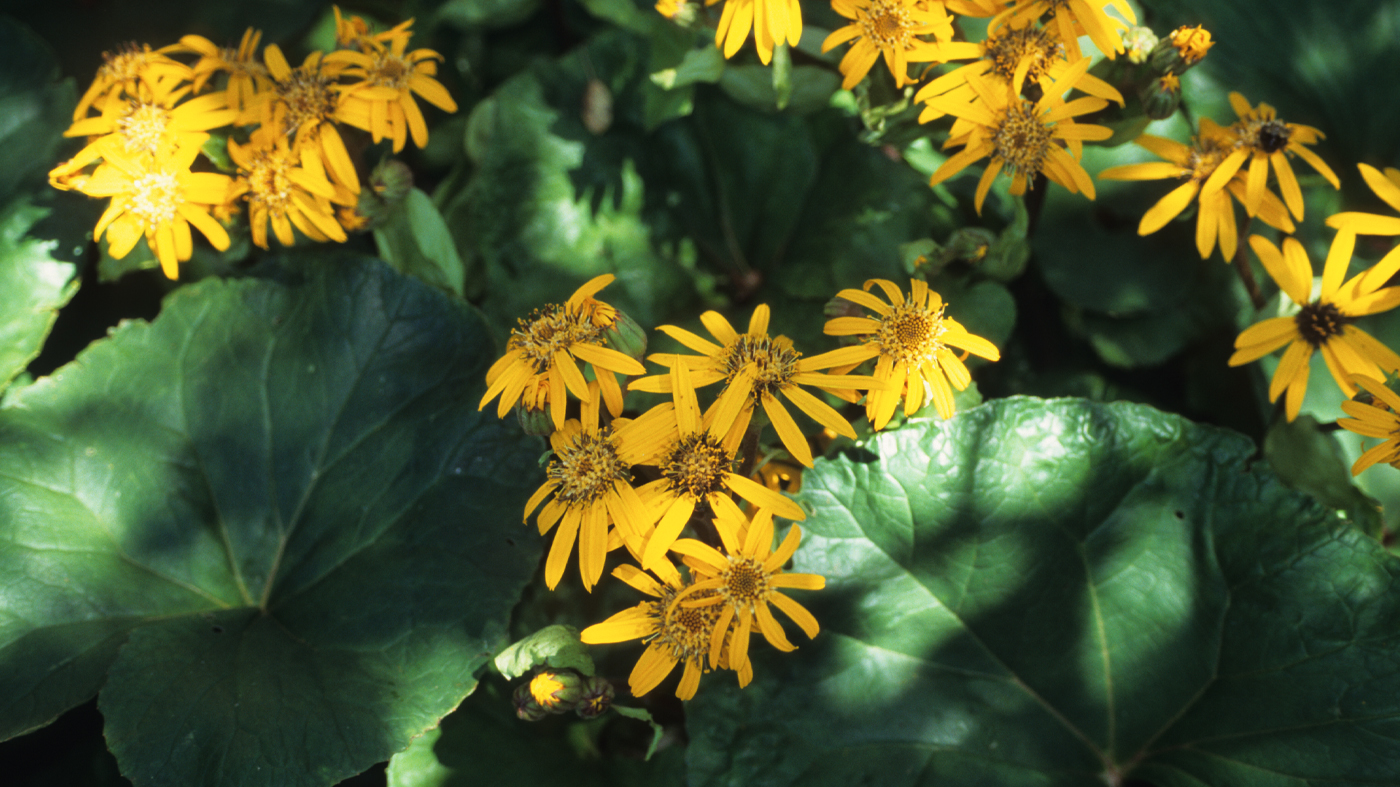
Ligularia
Desdemona ligularia (Ligularia dentata 'Desdemona') is a shrub-sized perennial with large, dark green leaves with purple undersides. Standing 3 to 4 feet high and wide, it is a strong, architectural plant in a shade garden. Planted with the fine-textured, silvery Japanese painted fern (Athyrium niponicum var. pictum), it creates a stunning pair.
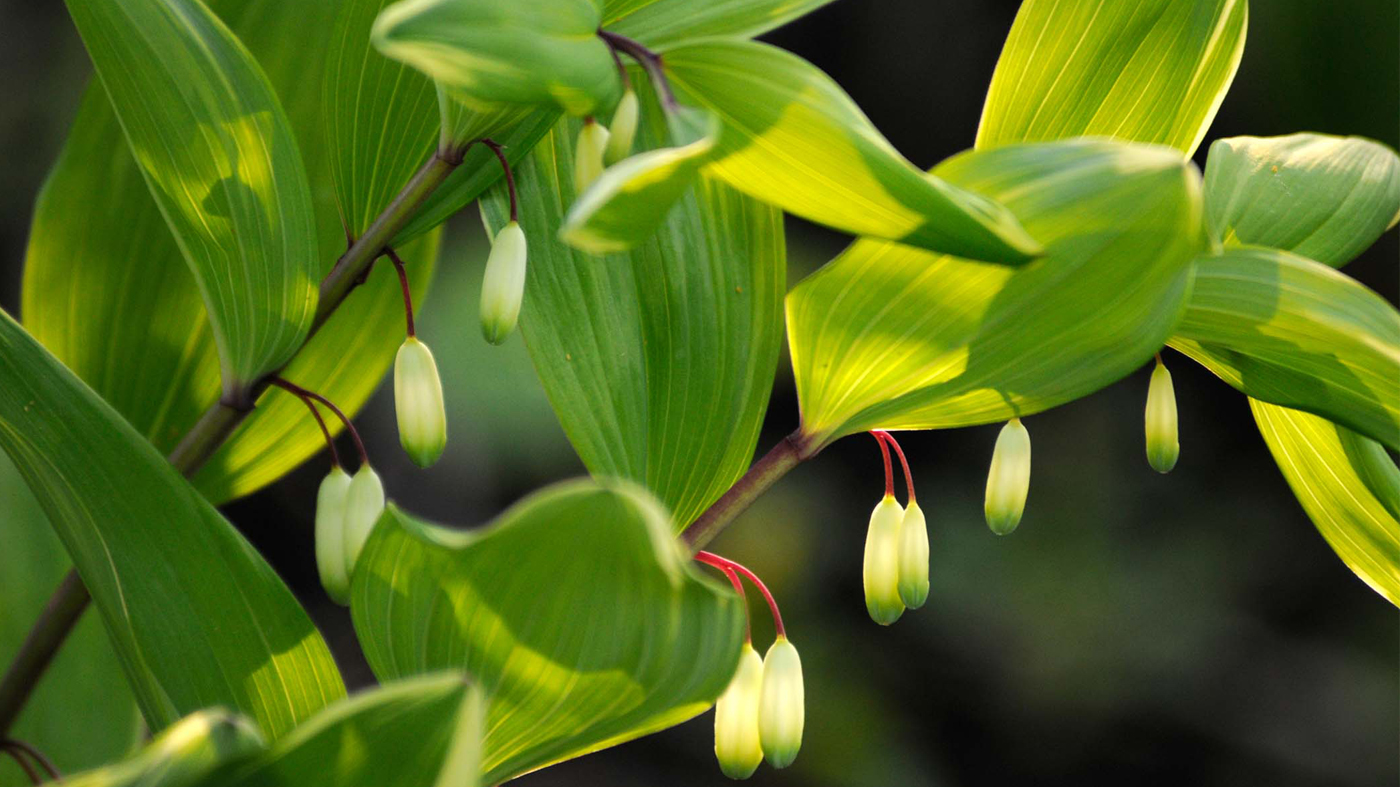
Solomon's seal
Variegated Solomon's seal (Polygonatum odoratum 'Variegatum') also makes an architectural statement. Although its green leaves have pretty, creamy white edges, its shape is unique. Two- to 3-foot-tall, unbranched stems grow straight out of the ground, arching gracefully.
Solomon's seal combines well with many of the mounding shade perennials.
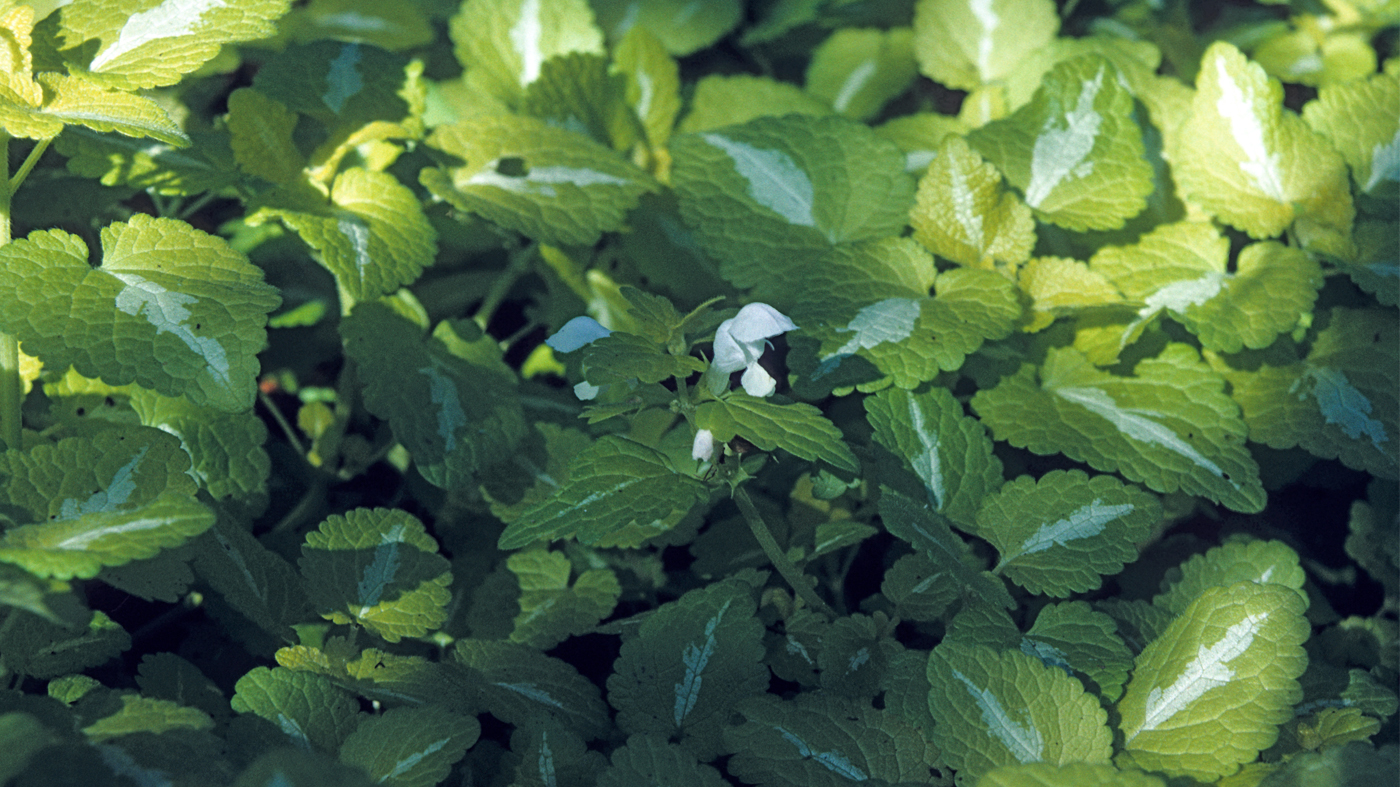
Lamium
Although lamiums have been around for a long time, the one species, Lamium maculatum, is of particular interest to shade gardeners. Sometimes called spotted dead nettle because they are related to the weedy stinging nettles (but do not have the irritating hairs that sting), there are certain selected cultivars that make fine garden plants.
Usually planted as low-growing ground covers, these cultivars offer a range of leaf color. 'Beacon Silver', 'White Nancy', 'Beedham's White' and 'Pink Pewter' are just a few of the choices. Herman's Pride yellow archangel (Lamiastrum galeobdolon 'Herman's Pride') is a spreading ground cover similar to lamium but which grows to 12-inch upright clumps. Its triangular leaves are strikingly marked with silver and green and the plant produces yellow flowers early in spring.
More on Lamiums can be found in Plant Evaluation Notes #23.
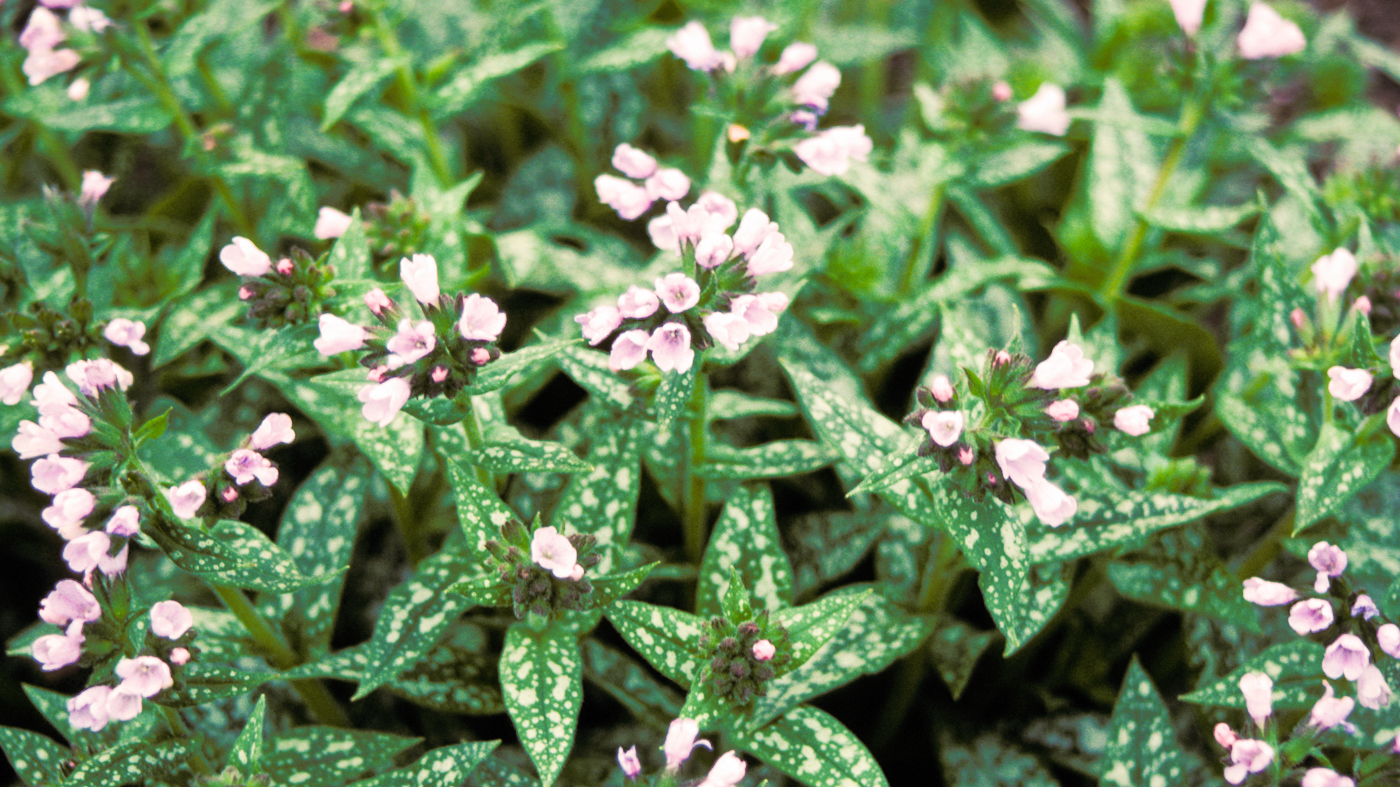
Pulmonaria
The lungworts (Pulmonaria) offer still more combinations of spotted foliage plus white, raspberry or purplish-blue flowers. Cultivars like 'Tim's Silver' are so strongly suffused with white that the leaves appear silver. Others like 'Roy Davidson' and 'Little Star' have green leaves with white spots.
Pulmonarias were recently the subject of study in the Chicago Botanic Garden's Plant Evaluation Program. Fifty-one varieties were grown for six years and evaluated on their ornamental traits, disease and pest resistance and cultural adaptability. The results of this study were published in Plant Evaluation Notes #17.
Shade gardens need not be dark areas dominated by green. In fact, there are so many interesting choices that one can imagine a shade garden without a single solid green leaf in it.

